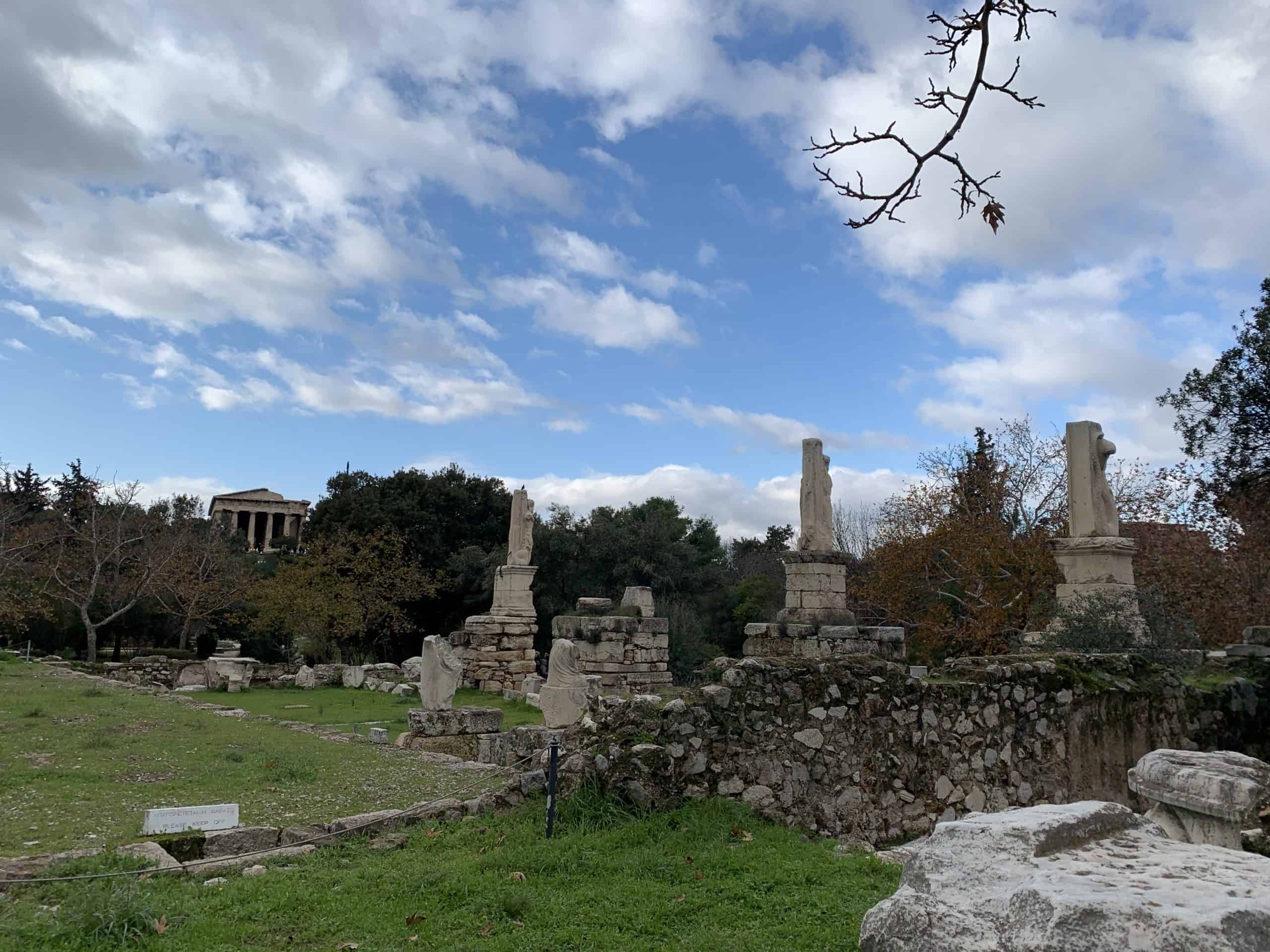
The Agora of Athens was one of the fundamental places for the birth of democracy and is still one of the most visited places in the Greek capital.
The agora were the main squares of the ancient polis, they played a crucial role from the political point of view, favoring the advent of the first forms of democracy, as citizens began to gather in the squares to discuss together the problems of the community.
In the agora there were also public and commercial buildings and were in fact also the beating heart of the economy of the relative polis.
In the sixth century a.C. Pisistratus made it the center of the Athenian government, since until then the Agora of Athens housed mostly private homes.
It was then Cimon, between 470 and 460, to expand the agora with new buildings and the temples of Zeus, Hephaestus and Apollo arose in the center of the polis.
Among the ancient monuments of the Agora of Athens still existing is the Hephaisteion, the Temple of Hephaestus, one of the best-preserved Doric temples in the world.
The temple is also known as Theseion, since in Byzantine times it was believed to be the burial place of Theseus.






